With our appetite for adventure whetted by the trip to the summit of Pilatus in Luzern, Roxy (dog) and I endeavored to blaze new Alpine trails at our final Swiss stop,
Interlaken. Fortunately, the Interlaken Ost train station is the launching point of hundreds of day trips in the
Jungfrau Alps. A system of conventional train lines, cog-wheel trains and cable cars convey visitors up 11,333 ft to the "Top of Europe." It's not really - Mt Blanc, at 15,780 ft holds the true title.
We set our sights a bit lower (and cheaper). Our itinerary took us from Interlaken (1860 ft) to
Lauterbrunnen (2612 ft) by conventional deisel train. From there, we boarded a cog-wheel train to
Wengen (4180 ft). The final leg brought us to
Männlichen (7317 ft) by cable car. From this high point, we hiked across the back slope of the
Lauberhorn peak to
Kleine Scheidegg (6762 ft). It's from this outpost that you could catch the train to the "Top of Europe."
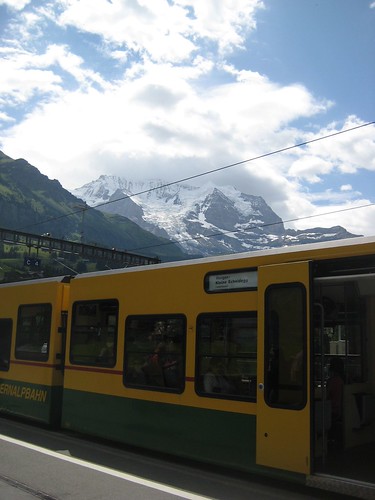
Despite all of the changing modes of transportation, we made the trip quite smoothly. It hleps that the intire
Jungfraubahn system is coordinated with the timeless efficiency of the Swiss. Each train ran on time. Which is not to say that the trip was without stressful bolts to make the departure times. Serenity dominated for the most part, save only for a relentlessly crying baby on the train to Lauterbrunnen.

The steep ascents by cogwheel train were provided some of the most beautiful views. We had the perfect anlge to snap photos of a picturesque mountain village situated below a tall spring-fed waterfall. Roxy's favorite part, however, was receiving treats from the conductor on the way up to Wengwald.
It's not until rising up above the tree line via cable-car that you truely understand the scale of the Swiss Alps. Now over 1.5 hours into our journey, we could gaze down at the villages that we had traveled through and remark, "they're not all that high up." After exiting the cable car, I unleashed Roxy, and we began running up to the
Männlichen lookout. Roxy, oblivious to the need to preserve energy for the up coming 2 hour hike, frolicked up and down the grassy slopes of the mountain.
Fortunately, most of our hike was slightly downhill. From the trail along the backside of the Tschuggen peak, we faced a wall of incredibly tall mountains comprised of the Eiger, Mönch and Jungfrau peaks. It was a truely awe-inspiring monolith. At points along the trail, we encountered the final remaining patches of snow - nothing compared to the year-round glaciers on the Jugfrau peak. I was comfortable in shorts and a T-shirt.
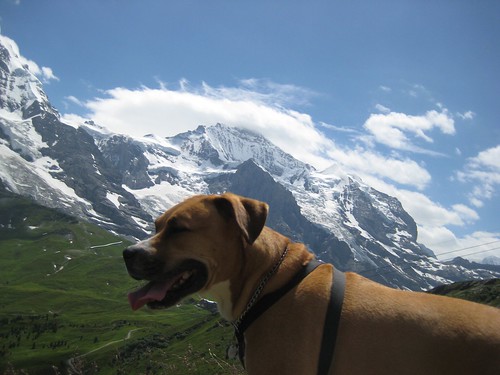
Roxy loved her freedom along the mountain trail. She thoroughly enjoyed stopping to smell the wild mountain flowers. Despite all of her botanical investigations, she maintained a roughly consistent 20 ft distance from me. If I stopped to take a picture, she would turn around, as if to impatiently urge me to continue forward. She was also a hit with the other hikers. One Asian couple even posed for pictures with Roxy.
By the time we made it to Kleine Scheidegg and sat down for lunch, Roxy was exhausted. While I enjoyed a goulash soup with rye bread and a local lager, Roxy slept under the table. Even the view from the Grindewaldblick restaurant was incredible. I took some time to reflect on our journey thus far.

Rising from lunch, we hurried to catch the train back down the mountain. Nearby, local goats greeted the visitors. If we had enough time, we might have cought another train to the "top of Europe" from this point. A visitor center and meteorological station mostly carved inside the mountain gives visitors the chance to experience perpetual winter. The protruding lookout platform is called the sphyx for its architecture. From our departure point, it was just a spec on the mountain ridge.
Returning quickly down the other side of the mountain, we passed through the town of Grindlwald. Here, I finally bought some Swiss chocolate. We didn't have much time to savor the chocolate bars, as the summer heat was already melting them by the time we sat down on another train. With Roxy passed out in the aisle of the train and me trying to lick melted chocolate out of the wraper, we slowly made our way back to Interlaken Ost and where our journey had begun.
View more of my
Interlaken photos on Flickr.
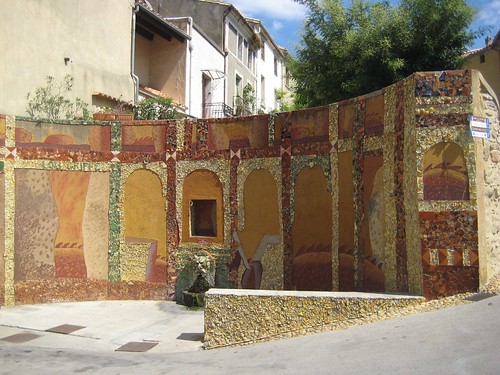
![Reblog this post [with Zemanta]](http://img.zemanta.com/reblog_e.png?x-id=25404c13-9bd4-432a-bfd2-05427c24c03d)
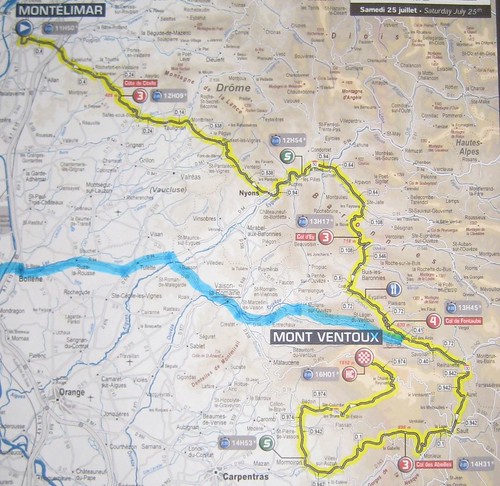
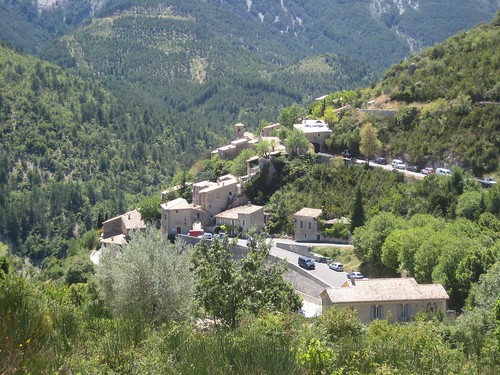

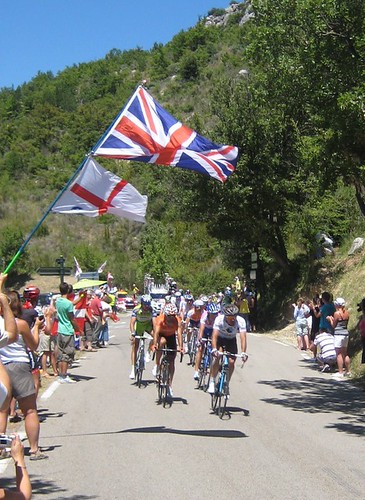
![Reblog this post [with Zemanta]](http://img.zemanta.com/reblog_e.png?x-id=90f2995a-5d01-4467-9784-c548304822e7)
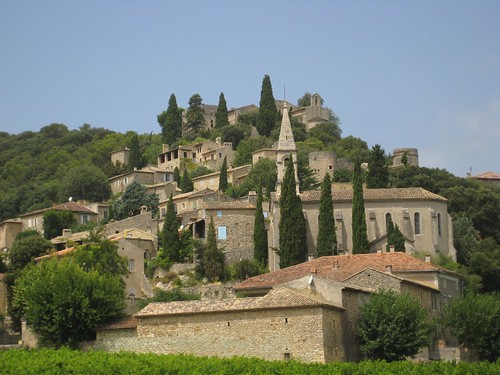
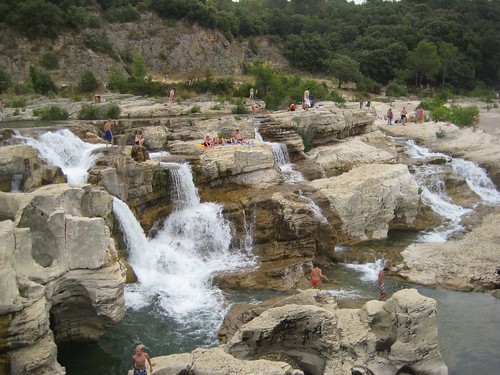
![Reblog this post [with Zemanta]](http://img.zemanta.com/reblog_e.png?x-id=b774531f-a18a-4963-8162-9d5d36a8aac7)


![Reblog this post [with Zemanta]](http://img.zemanta.com/reblog_e.png?x-id=e8af4093-17d3-4b37-9692-7ec09470e45c)
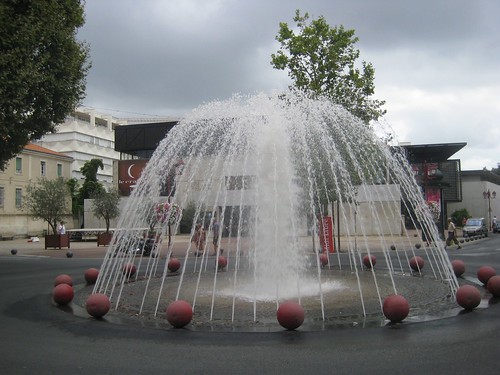
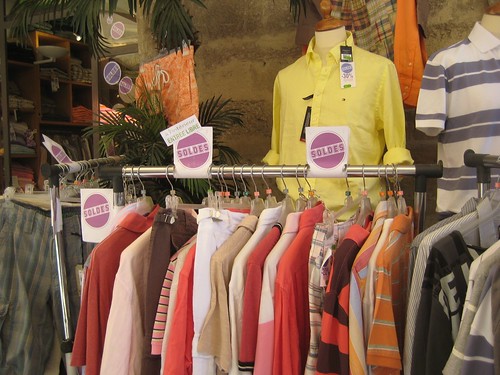
![Reblog this post [with Zemanta]](http://img.zemanta.com/reblog_e.png?x-id=ab6512fc-eaeb-4611-ace8-6dc6de220816)
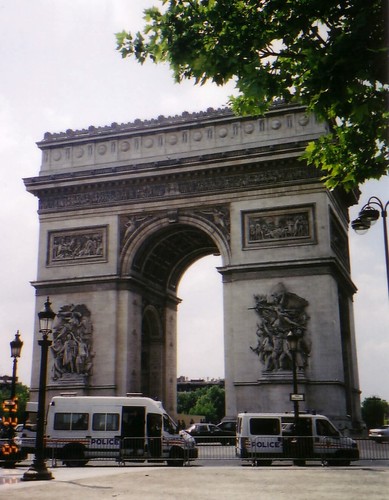
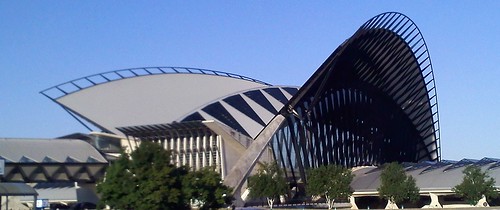
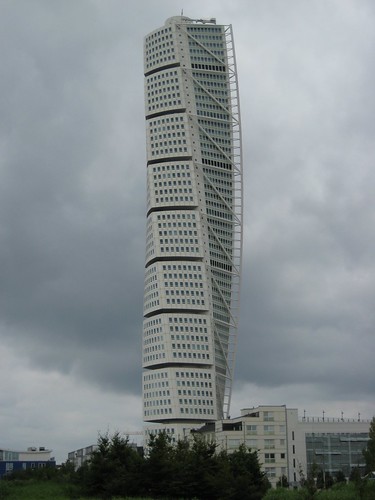
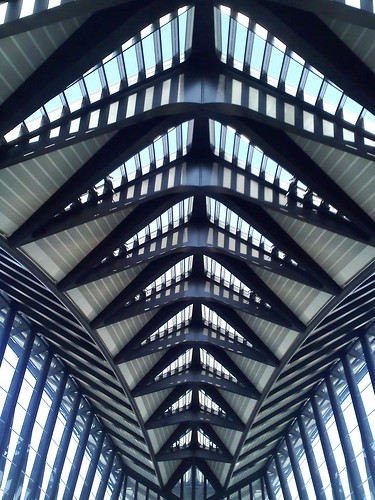
![Reblog this post [with Zemanta]](http://img.zemanta.com/reblog_e.png?x-id=b7b2ea57-7e70-461e-89a8-cb4487d8d468)

![Reblog this post [with Zemanta]](http://img.zemanta.com/reblog_e.png?x-id=5c542286-eeec-4cea-9702-addee074d2ab)


![Reblog this post [with Zemanta]](http://img.zemanta.com/reblog_e.png?x-id=c505386f-2ba0-4ad5-82c8-67558da712ff)
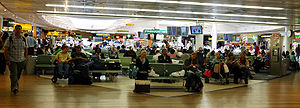

![Reblog this post [with Zemanta]](http://img.zemanta.com/reblog_e.png?x-id=4b92e909-ea50-44a9-875c-219684b85876)




![Reblog this post [with Zemanta]](http://img.zemanta.com/reblog_e.png?x-id=da11e052-1c35-4d06-9aaa-6d644b0870c9)
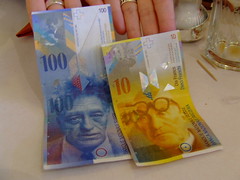
![Reblog this post [with Zemanta]](http://img.zemanta.com/reblog_e.png?x-id=3e090bd6-ba9a-42f3-a3a2-e060f70b0ae9)



![Reblog this post [with Zemanta]](http://img.zemanta.com/reblog_e.png?x-id=afed0cbe-d9dd-4ed4-9a76-d99cb2807923)
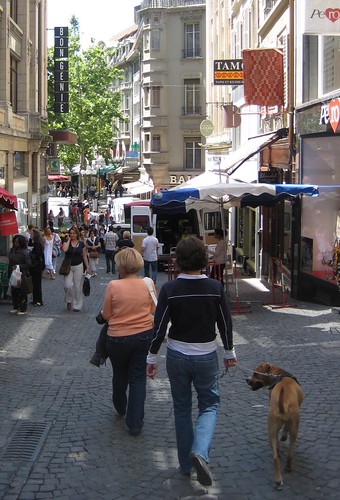
![Reblog this post [with Zemanta]](http://img.zemanta.com/reblog_e.png?x-id=d09af3ab-66bd-4893-bc48-32dff2c073df)


![Reblog this post [with Zemanta]](http://img.zemanta.com/reblog_e.png?x-id=c550a55e-0c08-4490-9d33-458f8682cb86)

![Reblog this post [with Zemanta]](http://img.zemanta.com/reblog_e.png?x-id=c952eb32-2dd9-4868-b10d-f107e19725bf)


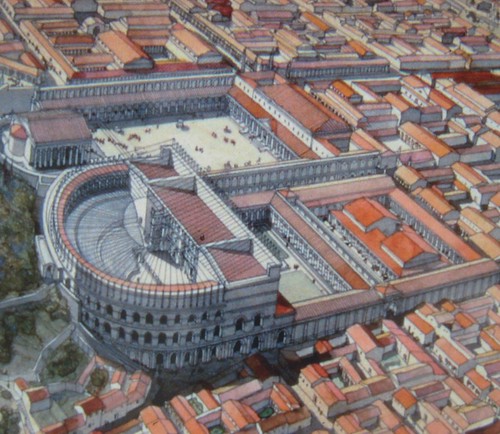
![Reblog this post [with Zemanta]](http://img.zemanta.com/reblog_e.png?x-id=3f133559-67ed-403d-8c9e-a1dd5124a309)
